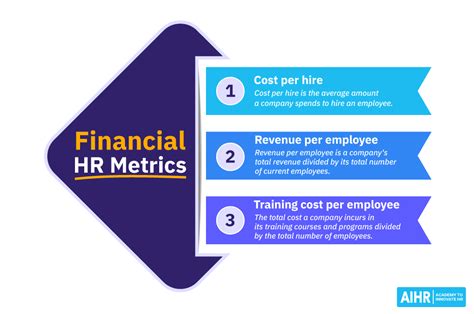The Complete Recipe for a Successful HR Finance Function
The HR (Human Resources) department plays a vital role in any organization, and effective financial management within HR is critical for its success. This comprehensive guide provides a complete recipe for building a robust and efficient HR finance function.
Ingredients: Key Components of Effective HR Finance
To bake the perfect HR finance cake, you'll need these essential ingredients:
-
Accurate Budgeting and Forecasting: This forms the foundation. You need a detailed budget that accurately reflects HR's operational costs, including salaries, benefits, training, recruitment, and technology. Regular forecasting is equally important to anticipate future needs and adjust budgets accordingly. Pro Tip: Use data-driven analysis to predict future trends and optimize resource allocation.
-
Effective Cost Control and Management: Monitor expenditures closely against the budget. Identify areas for potential cost savings without compromising quality or employee morale. Pro Tip: Leverage technology like HR analytics dashboards to track key metrics and identify cost-saving opportunities in real-time.
-
Robust Payroll Processing: Accurate and timely payroll is paramount. Ensure efficient processes, including tax compliance and benefits administration. Pro Tip: Implement automated payroll systems to minimize errors and improve efficiency.
-
Compliance with Regulations: HR finance must adhere to all relevant labor laws, tax regulations, and accounting standards. Regular audits and internal controls are crucial to maintain compliance. Pro Tip: Stay updated on changes in legislation and best practices.
-
Data-Driven Decision Making: Utilize data analytics to make informed decisions regarding HR investments and strategies. Analyze key performance indicators (KPIs) to measure the effectiveness of HR programs. Pro Tip: Invest in HR analytics tools that provide valuable insights into workforce trends and performance.
-
Talent Acquisition Cost Tracking: Monitor the cost per hire for each recruitment channel to optimize recruiting strategies and improve return on investment (ROI). Pro Tip: Analyze the effectiveness of different recruitment strategies to identify cost-efficient methods.
-
Strategic HR Planning: Align HR finance with the overall organizational strategy. This ensures that HR investments support the company's long-term goals and objectives. Pro Tip: Collaborate closely with senior management and other departments to understand organizational priorities.
Instructions: Putting it All Together
Here's a step-by-step guide to implement these components:
- Establish Clear Goals and Objectives: Define what you want to achieve with your HR finance function. This will guide your planning and decision-making.
- Develop a Comprehensive Budget: Create a detailed budget that allocates resources effectively to support HR activities.
- Implement Robust Control Systems: Put systems in place to monitor expenses and ensure compliance with regulations.
- Utilize Technology: Leverage HR technology to automate tasks, improve accuracy, and enhance decision-making.
- Monitor and Evaluate Performance: Regularly review your HR finance processes to identify areas for improvement.
- Foster Collaboration: Work closely with other departments, particularly finance and operations, to ensure alignment.
- Stay Updated: Keep abreast of changes in legislation, technology, and best practices in HR finance.
Serving Suggestions: Continuous Improvement
This "recipe" is not a one-time effort. Regularly review and refine your processes to ensure your HR finance function remains efficient and effective. Continuous improvement is key to optimal performance.
By following this comprehensive recipe, your organization can create a robust and efficient HR finance function that supports its strategic goals and ensures a healthy and productive workforce. Remember, the success of your HR finance function is crucial to the overall success of your organization.
